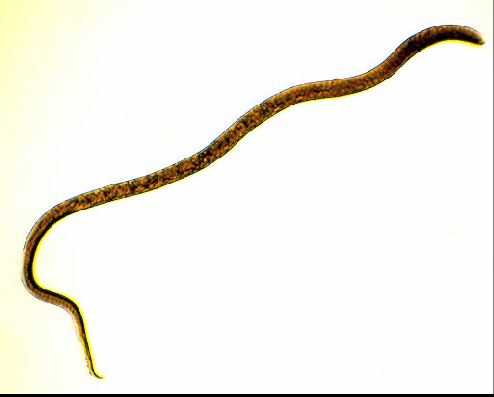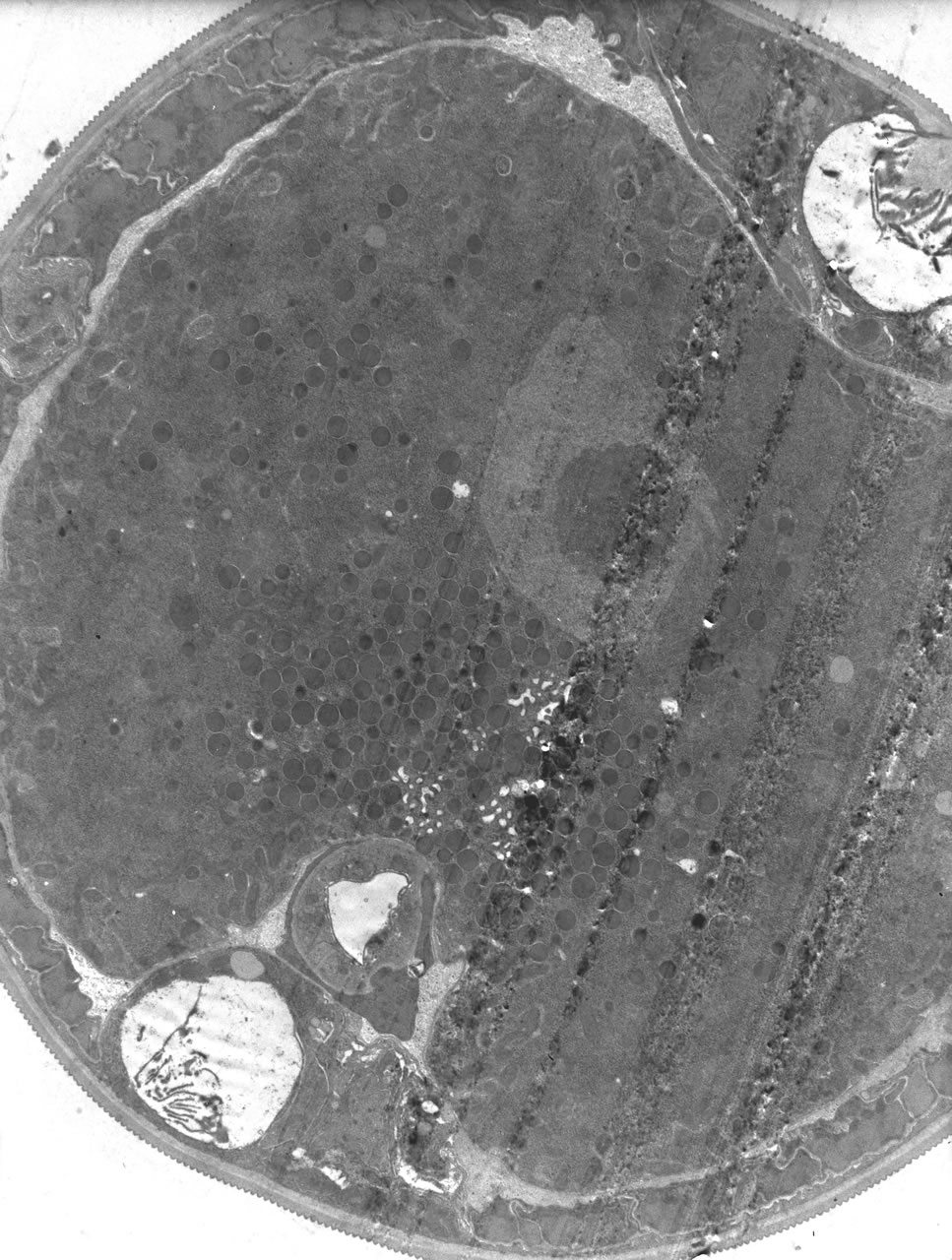Trichinella spiralis
Adaptation
Trichinella spiralis
has developed many features that have helped this organism
adapt to its parasitic lifestyle. One of the most important
structures that they have developed is called the buccal cavity. The
buccal cavity is very similar in function
to our mouth. It contains teeth, which help this organism
adhere to the substrate, whether it be a blood vessel or
skeletal muscle. The buccal cavity also supplies this
organism with a place to take up nutrients from its
surroundings.
It is important for these
organisms to sense the environment especially since these
parasitic organism don’t have eyes like humans. They
accomplished this by their well developed structures called amphids. Amphids are specialized sensing structures located
on the laterally sides of the head. With the presence of
amphids, they are able to sense and then adapt to their
surroundings.
Growth is another important factor
that effects the evolution and adaptation of organisms.
T. spiralis grows via a structure called a cuticle. The
cuticle is located on the external aspect of the worm and is
shed off to allow these organisms to grow and develop. Some
advantages to increased size are increased multicellularity,
which allows for a faster organism.
Increased multicellularity also helps buffer these organisms
from environmental damage. A larger body size all results in
a discount metabolic rate per gram of tissue.
To learn more about how this organism reproduces click here

